ASPEN consensus recommendations for refeeding syndrome

“These consensus recommendations are intended to provide guidance regarding recognizing risk and identifying, stratifying, avoiding and managing RS” da Silva et al (2020).
Risk of vascular access infection associated with buttonhole cannulation

“We used national surveillance data to evaluate the infection burden and risk among in-center hemodialysis patients with AVFs using BHC” Lyman et al (2020).
Prophylactic antibiotics no advantage for CLABSI reduction with implantable port insertion

“To analyse the need of prophylactic antibiotic before the insertion of totally implantable venous access devices (TIVADs) in terms of preventing central line-associated blood stream infection (CLABSI) in early postoperative period in pediatric oncology patients” Akbar et al (2020).
Environmental assessment of cytotoxic drugs in the Oncology Center of Cyprus

“Cytotoxic drugs constitute an important workplace hazard in the hospital environment. Our aim was to conduct an environmental assessment of hazardous drugs in the Oncology Center of Cyprus” Soteriades et al (2020).
Safety of modern intravenous iron infusions in patients with rheumatoid arthritis

“There is significant evidence of safety and efficacy of intravenous iron in patients with rheumatoid arthritis using newer, less immunogenic iron preparations, such as iron sucrose and low molecular weight iron dextran preparations” Ooi et al (2020).
Patient experiences with outpatient parenteral antibiotic therapy

“This work compares overall patient satisfaction with outpatient parenteral antibiotic therarpy (OPAT) care across the skilled nursing facility (SNF) and home healthcare company (HHC) settings” Mansour (2019).
Push-dose vasopressin for hypotension in septic shock

“This case report discusses the use of push-dose vasopressin as an alternate vasoactive medication to improve hemodynamics in a patient with vasodilatory septic shock” Nowadly et al (2020).
Ultrasound-guided internal jugular vein cannulation using needle with depth guard
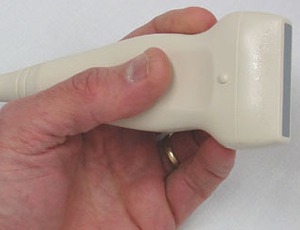
“The use of measured guided needle with guard significantly improved the accuracy, success and ease of USG guided IJV cannulation and decreased complications” Arya et al (2020).
Improving timing of antibiotics in neonates with early onset sepsis
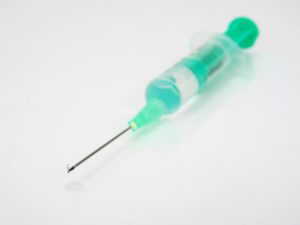
“Early onset sepsis (EOS) is an important cause of neonatal morbidity and mortality. Timely administration of antibiotics is crucial in management. We initiated a quality improvement project to improve timely administration of antibiotics” Ma et al (2020).
Intraosseous versus peripheral IV access during out-of-hospital cardiac arrest

“To compare intraosseous access with peripheral venous access on adults out-of-hospital cardiac arrest (OHCA) patients’ clinical outcomes” Baert et al (2020).
Inpatient versus OPAT treatment for periprosthetic joint infections
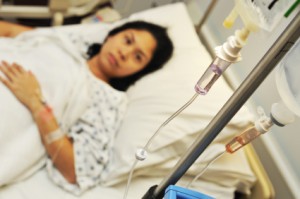
“The costs of inpatient parenteral antibiotic treatment (IPAT) and simulated costs of outpatient parenteral antibiotic treatment (OPAT) were compared in patients with PJI” Boese et al (2020).
Prehospital life-saving interventions performed on pediatric patients in a combat zone
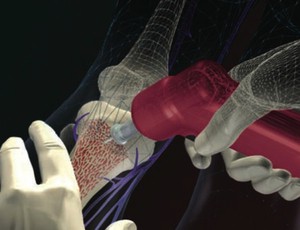
“We aimed to describe and evaluate prehospital life-saving interventions performed in a pediatric population in the Afghanistan theater of operations” Reeves et al (2020).
Stability data pertaining to OPAT antibiotic infusions in warmer climates
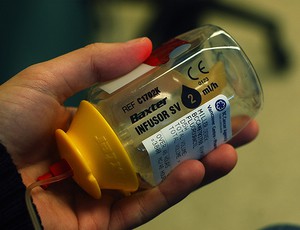
“To determine if there are sufficient stability data to confirm appropriate prescribing of antibiotics commonly used in outpatient parenteral antimicrobial therapy (OPAT) in warmer climates” Perks et al (2020).
Y-site administration of antibiotics with common intravenous medications

“Imipenem/cilastatin/relebactam was found to be compatible with a wide range of intravenous medications, facilitating co-administration with various IV medications” Ghazi et al (2020).
Infusion pump or standard IV push injection to deliver naloxone treatment

“Naloxone infusion using an infusion pump may be safer with regard to hemodynamic stability, resulting in shorter hospitalization periods, and fewer posttreatment complications” Dadpour et al (2020).
Occupational exposure in health care personnel to antineoplastic drugs

“This article aims to provide a literature review on the occupational exposure of health care personnel to antineoplastic drugs and to reflect the current status in Hong Kong” Yu (2020).
Effects of humeral intraosseous epinephrine in a pediatric hypovolemic cardiac arrest porcine model

“Aims of the study were to determine the effects of humerus intraosseous (HIO) versus intravenous (IV) administration of epinephrine in a hypovolemic, pediatric pig model” Neill et al (2020).
Study of peripheral intravenous cannula insertion and use in an emergency department

“This study surveyed the number of peripheral intravenous cannulas inserted in the emergency department and identify the level of and reason for use” Thomas et al (2020).
Antifungal treatment administered in OPAT programs is safe and effective

“AT can be successfully administered in OPAT programs in selected patients, that are clinically stable and monitored by an infectious disease physician” Gil-Navarro et al (2020).
Nursing student experiences with needlestick injuries

“Nursing students are at increased risk of needlestick injury (NSI) due to limited clinical experience and underdeveloped skills” Black Thomas (2020).
Infusion reactions to monoclonal antibodies used in cancer treatment

“Data on infusion reactions and infusion rates for all monoclonal antibodies that are licensed in the European Union for treatment of solid tumors or hematological malignancies, found by a literature search, were included in this review” Rombouts et al (2020).
Electrolyte replacement protocol in an outpatient oncology infusion center

“The objective of this study was to evaluate the occurrence of low serum potassium and magnesium, and identify the rate of replacement for patients with low serum potassium and magnesium levels” Ajewole et al (2020).
Stability of citrate-buffered flucloxacillin for injection in ambulatory elastomeric devices

“Assessment of the stability of citrate-buffered flucloxacillin for injection when stored in two commercially available ambulatory elastomeric devices” Allwood et al (2020).
Tunneled cuffed hemodialysis catheter insertion without fluoroscopy

“Therefore, here we aimed to evaluate the superiority of catheter-related outcomes after the application of tunneled cuffed catheter (TCC) without fluoroscopy versus unconditioned NTC insertion” Tang and Do (2020).
Patient safety in ambulatory care from a patient perspective

“Data on patient safety problems (PSPs) in ambulatory care are scarce. The aim of the study was to record the frequency, type, severity and point of origin of PSPs in ambulatory care in Germany” Geraedts et al (2020).
Factors associated with the prevention of needlestick and sharp injuries

“In the present study, we investigated the roles of safety climate, job demands experienced by physicians, and physicians’ self-efficacy in affecting physicians’ behaviours to prevent NSIs” Chen et al (2020).
Deep learning algorithm for peripheral IV catheter placement by novices
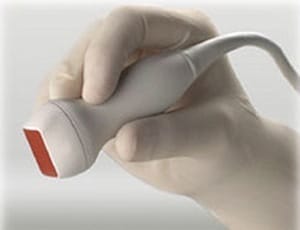
“We sought to create a deep learning (DL) algorithm to identify vessels, bones, nerves, and tendons on transverse upper extremity (UE) ultrasound (US) images to enable providers new to US-guided peripheral vascular access to identify anatomy” Blaivas et al (2020).
Contact dermatitis at the peripherally inserted central catheter insertion site

“After eight cycles, the patient suffered cetuximab-induced grade 2 skin toxicity and grade 3 contact dermatitis at the peripherally inserted central catheter insertion site” Yang et al (2020).
Catheter-related infection and colonization according to the insertion site

“The present study aimed to describe the epidemiology of causative microorganisms of catheter-related infection and colonization according to the insertion site” Buetti et al (2020).
Interdisciplinary differences in needlestick injuries

“We aimed to investigate rates of needlestick injury, reasons for underreporting, and how explicit announcements that patients are “high-risk” (i.e., human immunodeficiency virus, hepatitis, or intravenous drug abuse history) might affect the actions of those at risk of sustaining an injury” Katsevman et al (2020).

